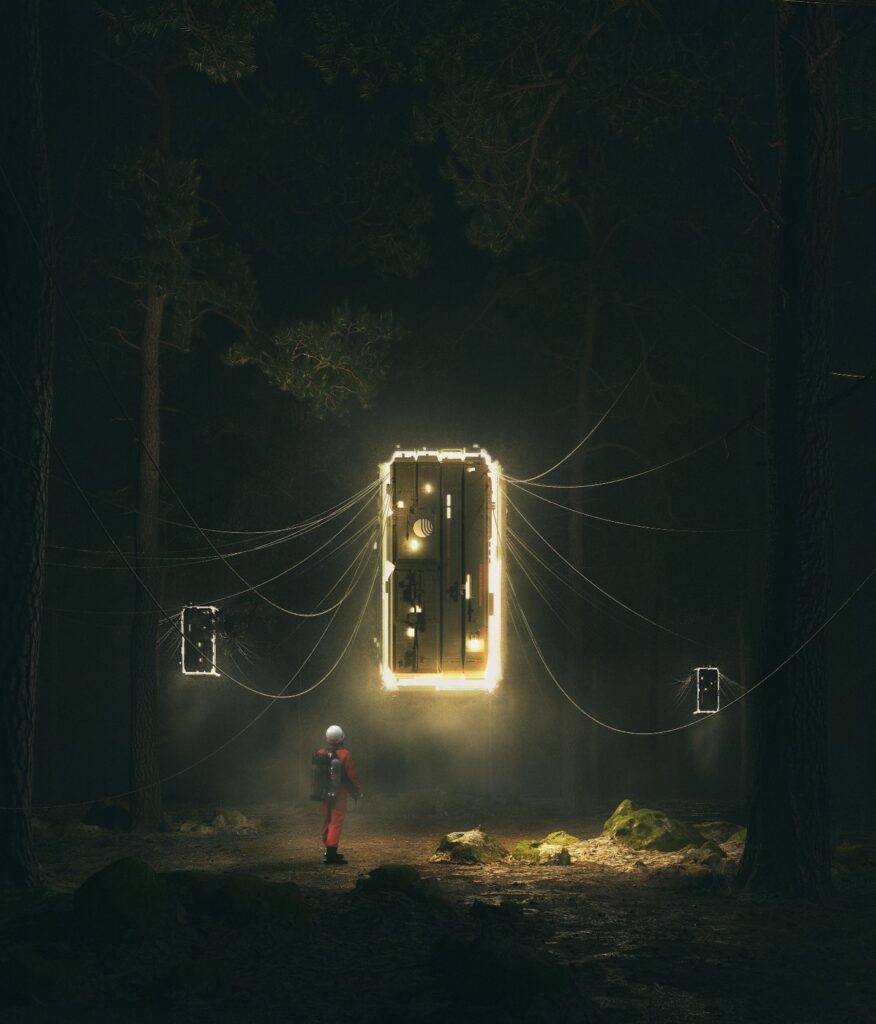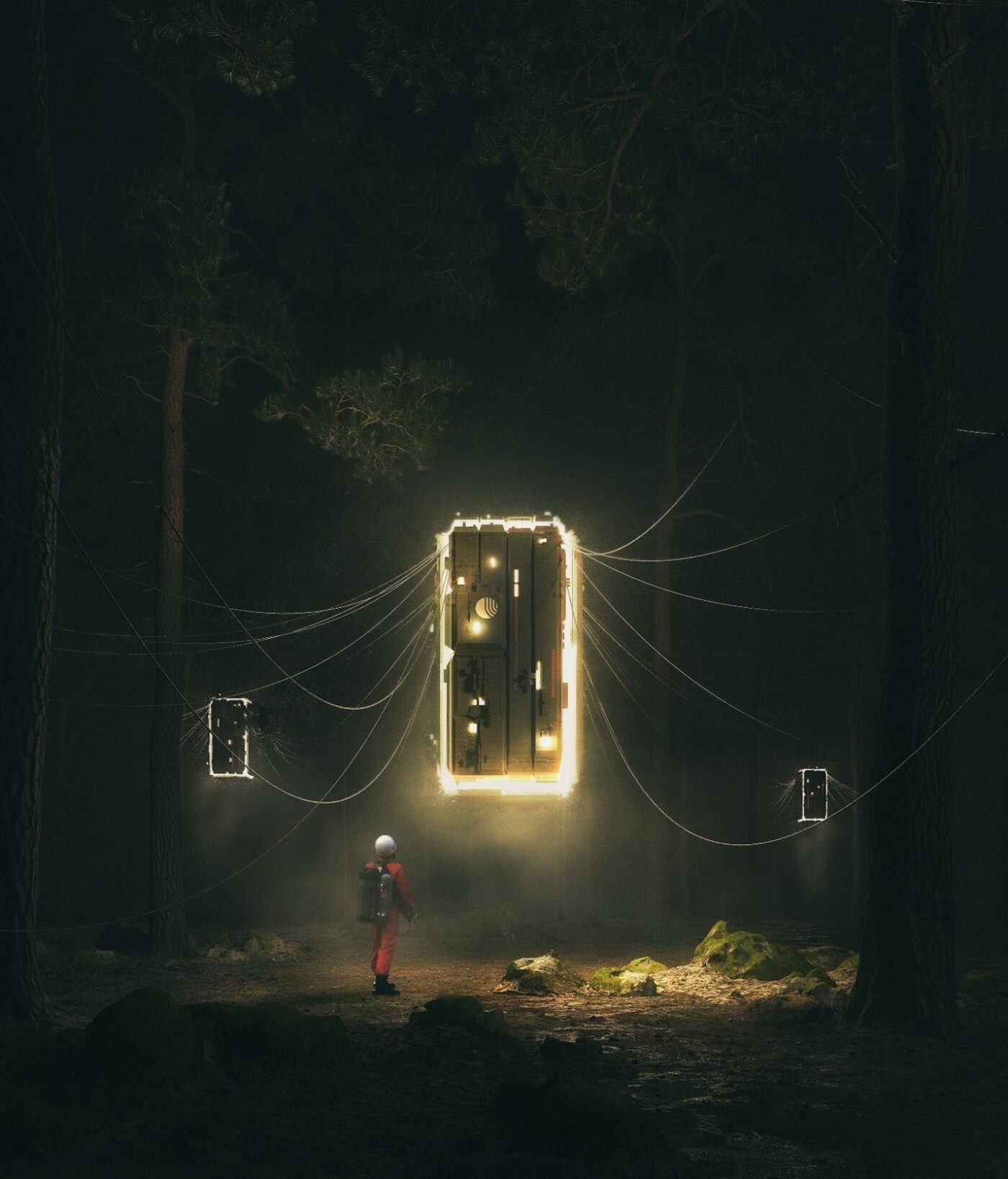
The German-speaking Jewish writer Franz Kafka is a widely recognized figure of 20th-century literature.
One of the first of the modernist movement.
Franz Kafka, based in Prague, penned three major novels and a plethora of remarkable short stories in his abled stillness. The creative seclusion was one that trailed the devastated lives of his unlucky protagonists. Writhing with sad realisations, acceptance and feelings of an ulcerated unease were the staple of Kafka.
Kafka, In his various texts, shows an ambiguous authority debilitating the story and its characters, plaguing them like a manifested anxiety that constantly implodes their mental walls until the narrative and its frailing hopes shrink to an abysmal singularity.
To quote Kafka scholars and digital renditions,
The feelings of despondence and societal humiliation, the nature of being squeamish and loathsome, of being a slave to one’s deplorable affinities and not being able to change a thing about it.
This is Kafka’s orbit.
Where it would be more convenient to be squashed like a bug rather than eye the unspeakable distortions that exist inside oneself, the realisation of oneself’s mortality and feebleness pulsate the void of self-realization in his stories.
The characters of K. and Josef in his widely popular novels The Castle and The Trial are pitted against forces they cannot even fully comprehend. It bludgeons them with paradoxical bureaucracy, gazing at the unruly fidgets any human would crop to seethe out of difficulties. The turn of the pages reveals tragedy, more profound and reclusive the deeper one tries to delve.
Between his lines lies the portal to his harrowing eyes, in which only a hue remains, of confidence smoked by guttural rasps and familial insolence.
There are no happy endings to these worlds.
Take a fragment of his immensely recognisable work, The Metamorphosis.
Here the protagonist, Gregor Samsa, a salesman, wakes up one turned morning as a monstrous vermin.
The horror and delirium that rebounds in this short story is a hook of curiosity, yet how Kafka molds and leads this focused attention through the affliction brings out a wistful simper. The story is a stream of understanding human habit and empathetic love, narrating a remodelled entity, a fellow man, trying to course forever in his puddle of human memories while settling in his changes.
The difference is in perceiving melancholy, which is not the absurd incidence of physical metamorphosis. It is his dejection by his close ones, the burden on his existence as he disappoints and infuriates the most endearing people he knows by his mere presence.
All with no fault of his own.
A chronically damaged character, an interpreted cockroach, for all we know, could be a broken man’s self-reflection or Kafka’s self-reflection.
The trademark characteristics of his tragedies are hauntingly reminiscent of his own life. The characters are merely sheltered vessels whose lives spiral to the very end that Kafka personally accredited to himself.
Fatherly abuse and pestilence were destiny’s burden on him, the burdens he so desperately tried to outrun but could not.
The projections of his pitiable life catered to the genesis of a literary style,
The texts he wrote and abandoned were full of nervous overstating of his character’s surroundings. The dialogues were shaped with an undoubted crudeness, yet it all blends to clarify the inconceivable.
These are the exceptional traits of his craft.
These might be, to a stoic analyst, the distinguishing nuances of his envied works,
What it is used to represent, however, is of timeless importance.
A greater emotional niche, a spectrum of feelings he had such masterful control over that even the pens that scathe the slate today pay diligence when they are used to funnel the inbred curses of surrealistic darkness and approaching terror.
This is called Kafkaesque.
No matter which continent or whatever obscurity, if it represents the dark, the gloomy, the frightening, the confusing, the hopeless.
It represents Kafka.
It is Kafkaesque.
Franz Kafka died on the 3rd of June, 1924, after a long-standing battle with tuberculosis, which had developed fatal laryngeal manifestations.
Except for some stories like The Hunger Artist, The Metamorphosis, short story collection Betrachtung and a few other stories like The Verdict,
Most of his work was self discontinued and abandoned.
Before dying, he instructed Brod to incinerate every last bit of his writings.
To him, they remained but blemished tokens of failed literature. Brod did not destroy them. In turn, he published them, turning the world to him and for him.
The readers connected the dots as they usually do with other artists, but they struck more resonantly and feverishly.
A debatably happy ending in his story if what one seeks is recognition.
His stake in dread is because of how bravely he embraced it.
Macabre sways the men of frail hearts but services the ones with heaviness.
Kafka was the latter.
Written by Sidhant Tomer for MTTN
Edited by Nishant Choudhary for MTTN
Featured artwork by Cristian Chierici
Artwork by Myeong Minho


Leave a Reply
You must be logged in to post a comment.